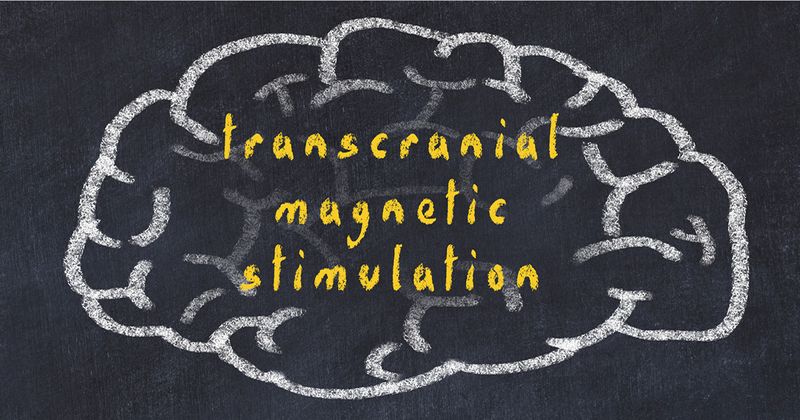Transcranial static magnetic stimulation may have long-term survival benefit in ALS
Key takeaways:
- Patients with ALS were given real or sham transcranial static magnetic stimulation for 6 months.
- At 18 months, higher odds of favorable outcomes were found in those given real tSMS.
Transcranial static magnetic stimulation did not significantly modify ALS disease progression at 6 months compared with sham, but long-term follow up showed an increase in tracheostomy-free survival, data show.
“Motor cortex excitatory neurotransmission can be modulated using repetitive [transcranial magnetic stimulation],” Vincenzo Di Lazzaro, professor of neurology at Campus Bio-Medico University Hospital in Rome, and colleagues wrote in The Lancet Regional Health Europe.

Di Lazzaro and colleagues investigated the efficacy of transcranial static magnetic stimulation (tSMS) in individuals with ALS who participated in a bicentric, randomized, placebo-controlled, double-blind clinical trial conducted from May 2020 to July 2022 at two Italian centers specializing in ALS care.
Their phase 2 study included 40 individuals aged 18 to 75 years who registered a score of less than 30 on the ALS Functional Rating Scale-Revises (ALSRFS-R). The participants were randomly assigned to receive either real (n = 21) or sham daily tSMS stimulation (n = 19) lasting 6 months, following a pre-treatment observation of at least 3 months.
The researchers subsequently calculated the mean disease monthly progression rate (MPR) as the variation of the total ALSRFS-R score during both pre-treatment and treatment intervals, with the primary efficacy outcome difference in MPR before and after the beginning of treatment.
A long-term follow up of 18 months was performed in 32 individuals (treatment, n = 18; sham, n = 14) who completed the entire 6-month course.
According to the results, all study enrollees demonstrated a decline in disease progression over the 6-month treatment interval.
The MPR was not significantly different between sham and real stimulation during either the pre-treatment (mean ± standard deviation; real: 1.02±0.62, sham: 1.02±0.57) or treatment arms (real: 0.90±0.55, sham: 0.94±0.55).
Data further showed that, at 18 months, 13 individuals in the treatment group and four in the sham group were alive and tracheostomy-free, with patients in the treatment group having a statistically significant higher tracheostomy-free survival compared with patients in the placebo group (HR = 0.27; 95% CI, 0.09–0.8).
Secondary outcomes included safety, tolerability and compliance, and results for these endpoints showed that the treatment was both safe and feasible, according to the researchers.
“Although the primary endpoint was not met in the study, results of the long-term follow up strongly suggest a possible clinical efficacy of tSMS with increased tracheostomy-free survival,” Di Lazzaro and colleagues wrote.
